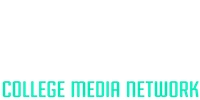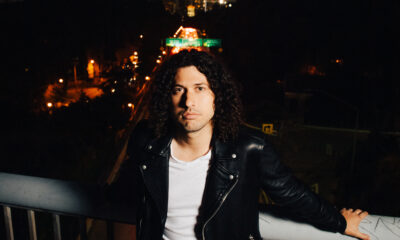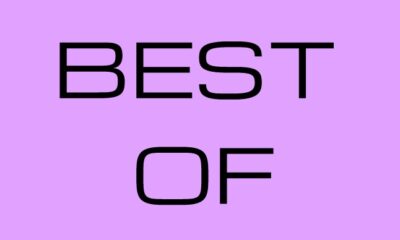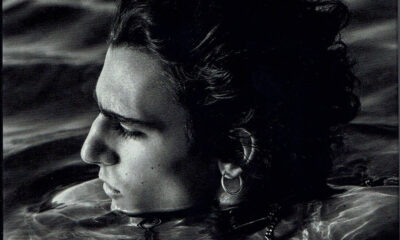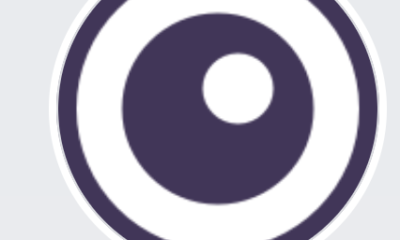Academics
Keynote Speakers Highlight Importance of Diversity at College Journalism Workshop
Some important reflections on an important topic.
A national workshop for student writers and broadcasters with a focus on creating better publications, generating compelling stories and keeping newsrooms afloat concluded on Sunday at the University of Minnesota-Twin Cities.
The College Media Mega Workshop, which ran from July 12 to July 15, had a common theme among all of its sessions — diversity of newsroom employees and the stories they cover being the lifeblood of a solid publication.
The program was chock-full of keynote speakers and panelists who encouraged the representation of different perspectives at every avenue of not only the reporting process, but also the hiring and production processes.
Here are some key takeaways from a number of the guests who spoke to the hundreds of student journalists in attendance:
Charles Hallman is a senior staff writer with the Minnesota Spokesman-Recorder, the state’s oldest Black-owned newspaper, and a Michigan State University alum.
- “If the room is full of just one culture, then they’re only going to experience it and see it from their culture,” he said. Hallman said to “cast your net wide so people will want to be in this business” when recruiting diverse writers and to make this recruitment a constant effort.
- “Everybody’s influenced by what you read — so my job is to give you the clearest picture possible,” he said about his reporting job. He added that providing said clear picture is a way to add credibility so readers who are distrustful of the media will not think they are being lead to believe one side of a story.
- “I don’t try to hide the fact that I’m a black journalist,” Hallman said, “when I walk into the room, my competition is not the other black newspaper in town.” He said minority reporters should be confident in their roles as representatives of the community and carry themselves accordingly.
- To avoid ageism that students may face as young reporters, Hallman said “don’t call yourself a student journalist — walk in there like you’re supposed to be there.”
Britt Johnsen is a reporter covering housing and diversity for the Minneapolis/St. Paul Business Journal and former editor-in-chief of the Minnesota Daily at the University of Minnesota.
- “Our job is to be a reflection of the community and the world around us,” Johnsen said about the duty of journalists.
- As a white woman, Johnsen reflected that “the most powerful thing you can do is listen,” especially if people have a problem with your publication’s stories. “When it’s more genuine, then you actually have more diversity.”
Neal Justin is a media critic for the Minneapolis Star Tribune – the largest paper in Minnesota – and the most recent president of UNITY: Journalists for Diversity – an alliance of minority journalism associations.
- “Understanding the community must be one of the top three goals for any publication,” Justin said. “We’re not just talking about gender and race.” He added that, among others, the economic situations, geographical backgrounds and political alliances of community members must also be taken into account during reporting.
- When it comes to working with people who are distrustful of the media, “that ‘fake news’ tag is bullshit,” Justin said. “One of the things we can do about it is invite them into our newsrooms” in order to break down the barriers preventing trust and credibility, he said.
- Justin said when entering communities that reporters are not well-acquainted with, “if you start to assimilate and you start to listen” rather than have preconceptions cloud your judgment, then more can be learned from those people.
Faiza Mahamud is a Somali reporter with the Minneapolis Star Tribune covering education.
- As one of the first Somali reporters working for a major publication in Minnesota, Mahamud said not to be ashamed of being thrusted into the role as mouthpiece for your ethnicity in a workplace that lacks diversity. Although it can be tiring, she said, it is a way to help people become more open-minded nonetheless.
- Mahamud said when working with people who are distrustful of “the media,” be as fair and objective as you can to build trust and show credibility.
- It can be difficult for students to diversify their newsrooms if the students have no hiring power, Mahamud said. A remedy to that, she said, is to make an active effort to encourage advisors in those positions of authority to bring more representative voices onto the staff.
- She suggested going into communities of largely ethnic minority populations and build friendships when not working on a deadline. Not only will this outreach make for better sources and stories, Mahamud said, but it will also build stronger trust and friendships within the community.
Bianca Rhodes is the production and sponsorship coordinator for the St. Paul Neighborhood Network and was the first African-American woman vice president of the student government at St. Cloud University.
- “The media needs to go to the people,” Rhodes said about recruitment for diverse workplaces. “Stop inviting different groups to the newsrooms — go to them. We’re always asking the ‘other’ to come to where we’re at. We’ve got to stop doing that. You need to get on the ground with the people.”
- “In community media, we are about giving everyone voice,” Rhodes said. She said she advocates for keeping newsroom doors wide open for those who want to share their stories and that there should always be time for finding those voices who are representative of the community.
The annual workshop included nine tracks for students interested in honing their journalistic skills to attend: ad rep boot camp, advising, design and redesign, digital journalism, organizational leadership, radio management, sports reporting, storytelling and reporting, student ad managers, visual storytelling and yearbook and magazine.
Jumpstart a career doing something you are passionate about with one of College Media Network’s courses. Read about our current offerings, schedule and unique virtual learning environment here.
